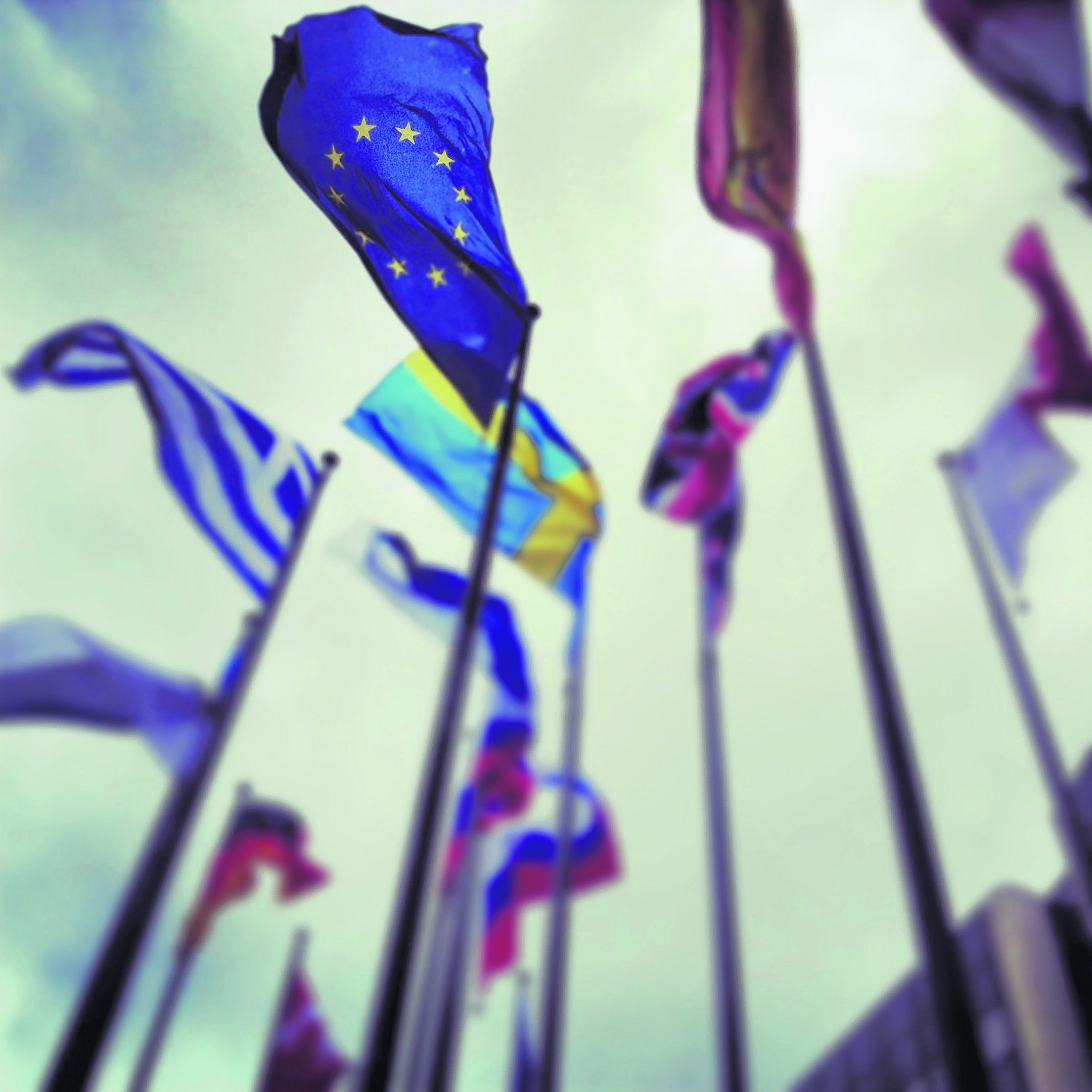European legal experts believe political pragmatism will overcome any problems with regards to Scotland’s membership of the EU in the event of a Yes vote, but warn UK and Scottish politics could prevent a smooth entry within 18 months, Tim Pauling reports.
If voters back independence, no-one doubts that Scotland’s place will be within the family of European nations.
The question is how that will happen: will an independent Scotland have to reapply for membership of the European Union and will it automatically be accepted due to being part of an existing member state – the UK?
It is unchartered waters. The EU has grown since its establishment to 28 members with new applicants following a tried and tested procedure, that can take years to complete.
However, what has never happened is for part of an existing member state to declare itself independent and then ask to remain in the club.
What happens with Scotland will set a precedent that other countries faced with indigenous separatist movements will watch with interest.
It is true to say lawyers, academics and those with direct experience in Brussels and Strasbourg are split on the issue.
The main way into Europe is via Article 49 of the Treaty of the European Union which defines the procedure for conventional enlargement.
The Scottish Government argues it can bypass this route by using Article 48 which provides for a treaty amendment to be agreed by common accord, thus facilitating the transition process.
Professor Michael Keating, director of the Scottish Centre for Constitutional Change at Aberdeen University, believes political pragmatism will trump legal technicalities.
Europe and member states will seek continuity in the single market and citizens’ rights and this could be done through “declaratory legislation” – which purports to reveal the true intent and meaning of past legislation – while detailed negotiations on terms of membership take place.
Christian Kaunert, professor of international politics at Dundee University, points out much will depend on what scenarios unfold as issues play out between the UK and Scottish governments. For instance, will the divorce be amicable; how will cross-border interests be sorted; what will be the size of the deciding vote?
All will have a direct impact on negotiations between the rest of the UK and ultimately over European entry, he said.
The outcome will depend on the post-referendum relationship between Edinburgh and London, Prof Kaunert said. If the relationship is good, member states will not want to interfere.
Prof Kaunert said although it will be in the interests of both parties to co-operate, British and Scottish politics could get in the way.
While it might technically be possible to negotiate EU entry within 18 months of a Yes vote, as the SNP claims, David Cameron “has every political incentive to drag it out longer than 18 months” so as to not make it too easy for Alex Salmond in his first independent Scottish Parliament election.
“Politically David Cameron will not want to give him a political success post referendum and that could intensify if Miliband should gain power because for them it is even a bigger issue with Alex Salmond because they are going to want to take power at Holyrood as well,” he said.
